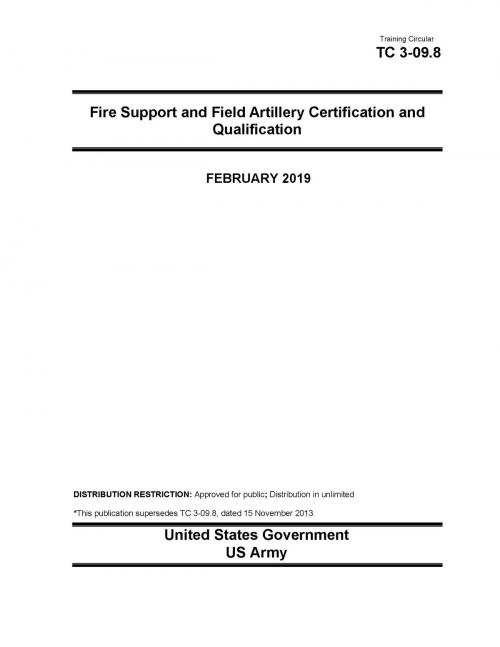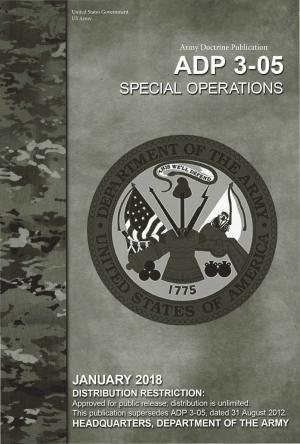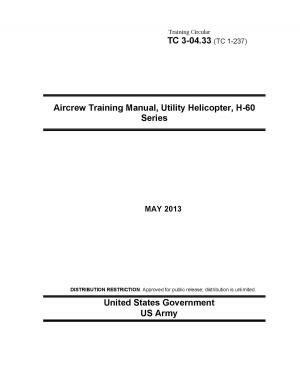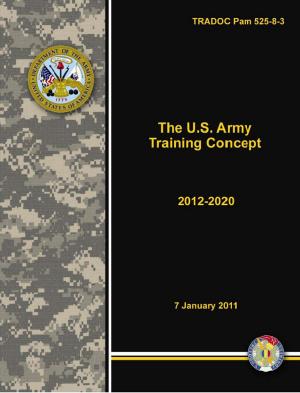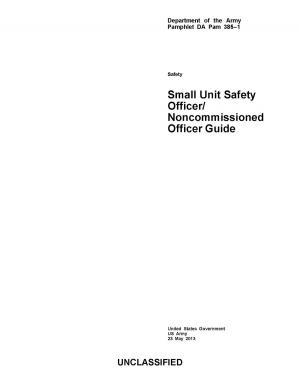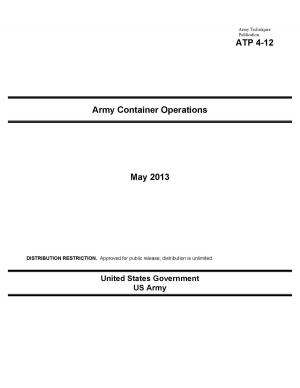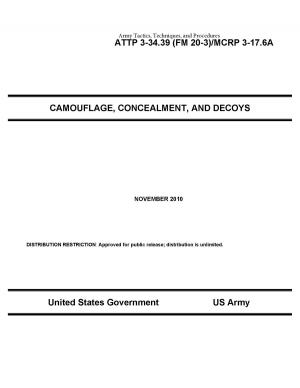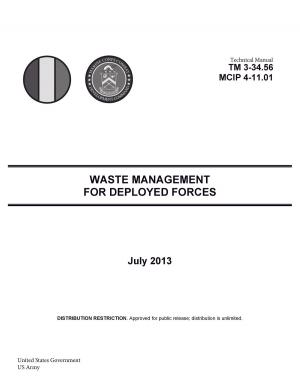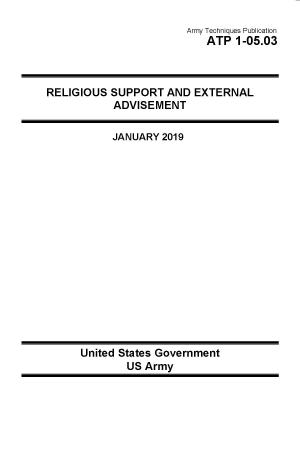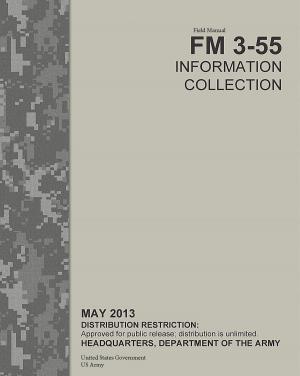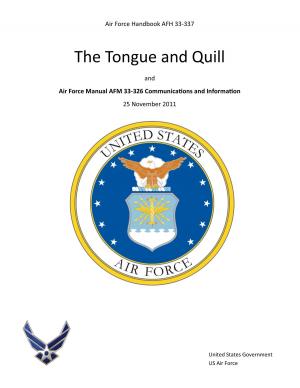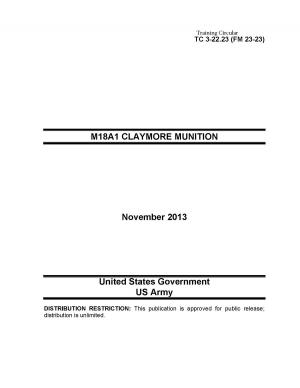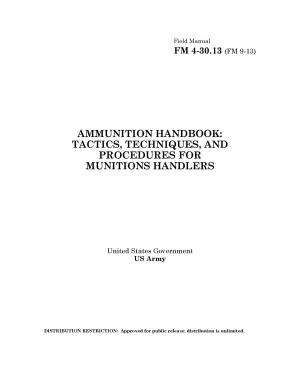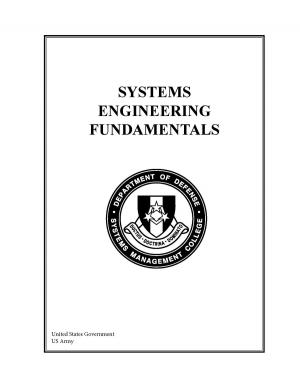Training Circular TC 3-09.8 Fire Support and Field Artillery Certification and Qualification February 2019
Nonfiction, Reference & Language, Study Aids, Graduate & Professional, Armed Forces, Science & Nature, Technology, Military Science, Reference, Guides & Handbooks| Author: | United States Government US Army | ISBN: | 1230003069578 |
| Publisher: | eBook Publishing Team | Publication: | February 6, 2019 |
| Imprint: | Language: | English |
| Author: | United States Government US Army |
| ISBN: | 1230003069578 |
| Publisher: | eBook Publishing Team |
| Publication: | February 6, 2019 |
| Imprint: | |
| Language: | English |
This manual, Training Circular TC 3-09.8 Fire Support and Field Artillery Certification and Qualification February 2019, provides the standards for implementing a Field Artillery (FA) gunnery program which incorporates all components of the FA system of systems within each FA formation at Battalion (BN) and below to include the Fire Support Teams and Cells which reside within all Brigade Combat Teams. This TC applies to all FA BNs whether in a Brigade Combat Team, Field Artillery Brigade or separate unit. The objective of the TC is to provide the basic requirements which will result in a safe, technically and doctrinally grounded, progressive, task-oriented gunnery plan which certifies and qualifies our Teams, Crews, Cells, Sections, Platoons, Batteries, and Battalions to provide accurate fires to supported commanders. FA, as a system of systems, requires integrating functions or tasks performed by the critical elements of the unit to provide timely and accurate fires. The Artillery Tables I-VI provide the commander with a systematic means of training, certifying and qualifying sections/crews/teams that are critical to the solution of the gunnery problem. The tables provide progressive training from Military Occupational Specialty qualified individual tasks (Artillery Tables I) through collective gunnery training at the FA battalion level (Artillery Tables XVIII). The FA tables provide FA leaders and Soldiers with the “what” and “how” how to train utilizing materials that are standard across the Army.
This TC provides a training strategy to help all FA units to become as accurate and responsive as possible given any condition in any environment. All FA units strive to achieve first round fire for effect. In order to accomplish this goal an artillery unit must compensate for nonstandard conditions as completely as time and the tactical situation permit. There are five requirements for achieving accurate first-round fire for effect. These requirements are accurate target location and size, accurate firing unit location, accurate weapon and ammunition information, accurate meteorological information, and accurate computational procedures. If these requirements are met, the firing unit will be able to deliver accurate and timely fires in support of the maneuver commander. If the requirements for accurate fire cannot be met completely, the firing unit may be required to use adjust-fire missions to engage targets. Adjust-fire missions can result in reduced effect on the target, increased ammunition expenditure, and greater possibility that the firing unit will be detected by hostile Target Acquisition assets.
This manual, Training Circular TC 3-09.8 Fire Support and Field Artillery Certification and Qualification February 2019, provides the standards for implementing a Field Artillery (FA) gunnery program which incorporates all components of the FA system of systems within each FA formation at Battalion (BN) and below to include the Fire Support Teams and Cells which reside within all Brigade Combat Teams. This TC applies to all FA BNs whether in a Brigade Combat Team, Field Artillery Brigade or separate unit. The objective of the TC is to provide the basic requirements which will result in a safe, technically and doctrinally grounded, progressive, task-oriented gunnery plan which certifies and qualifies our Teams, Crews, Cells, Sections, Platoons, Batteries, and Battalions to provide accurate fires to supported commanders. FA, as a system of systems, requires integrating functions or tasks performed by the critical elements of the unit to provide timely and accurate fires. The Artillery Tables I-VI provide the commander with a systematic means of training, certifying and qualifying sections/crews/teams that are critical to the solution of the gunnery problem. The tables provide progressive training from Military Occupational Specialty qualified individual tasks (Artillery Tables I) through collective gunnery training at the FA battalion level (Artillery Tables XVIII). The FA tables provide FA leaders and Soldiers with the “what” and “how” how to train utilizing materials that are standard across the Army.
This TC provides a training strategy to help all FA units to become as accurate and responsive as possible given any condition in any environment. All FA units strive to achieve first round fire for effect. In order to accomplish this goal an artillery unit must compensate for nonstandard conditions as completely as time and the tactical situation permit. There are five requirements for achieving accurate first-round fire for effect. These requirements are accurate target location and size, accurate firing unit location, accurate weapon and ammunition information, accurate meteorological information, and accurate computational procedures. If these requirements are met, the firing unit will be able to deliver accurate and timely fires in support of the maneuver commander. If the requirements for accurate fire cannot be met completely, the firing unit may be required to use adjust-fire missions to engage targets. Adjust-fire missions can result in reduced effect on the target, increased ammunition expenditure, and greater possibility that the firing unit will be detected by hostile Target Acquisition assets.
